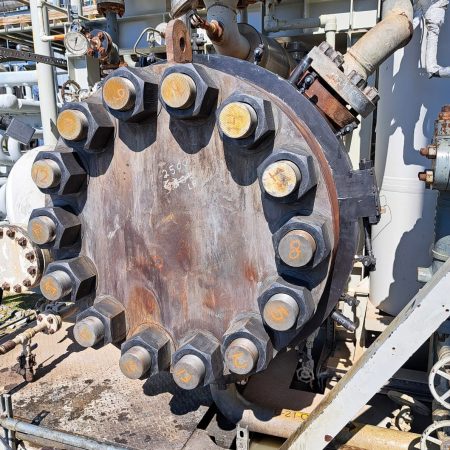
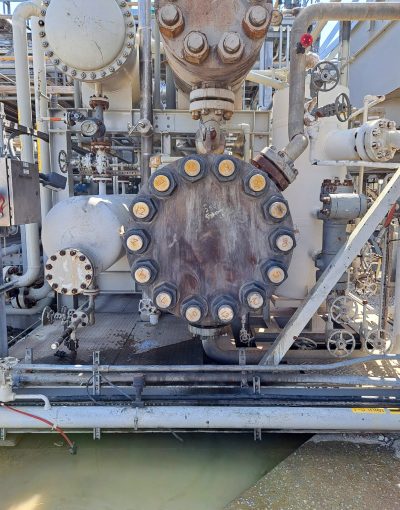
Choosing the right compound in chemically aggressive environments
Field experience shows that nearly 30% of failures in chemical leak sealing come from the incorrect selection of sealing compounds. In fertilizer manufacturing, where installations handle aggressive fluids like sulfuric acid, nitric acid, ammonia, and phosphate derivatives, a wrong compound choice can result in premature seal failure, reinjections, safety risks, and costly downtime.
Unlike standard leak sealing, sealing in fertilizer plants requires chemically compatible and mechanically resilient materials. The diversity of chemical media, combined with temperature, pressure and leak variations, makes compound selection a critical task.
Field-driven expertise
There is no universal compound. The right solution depends on fluid properties, process parameters, and leak geometry and must be validated by field experience.
Some examples from the fertilizer environment:
- Sulfuric Acid (98%) requires compounds resistant to oxidizing acid service, especially at elevated temperatures.
- Nitric Acid (60–70%), a strong oxidizer, demands non-reactive, high thermal resistance compounds.
- Ammonia (NH₃) requires compounds that remain flexible and stable under cryogenic and high-temperature transitions.
- Phosphoric Acid needs-controlled rheology for proper distribution in viscous, particulate-laden fluids.
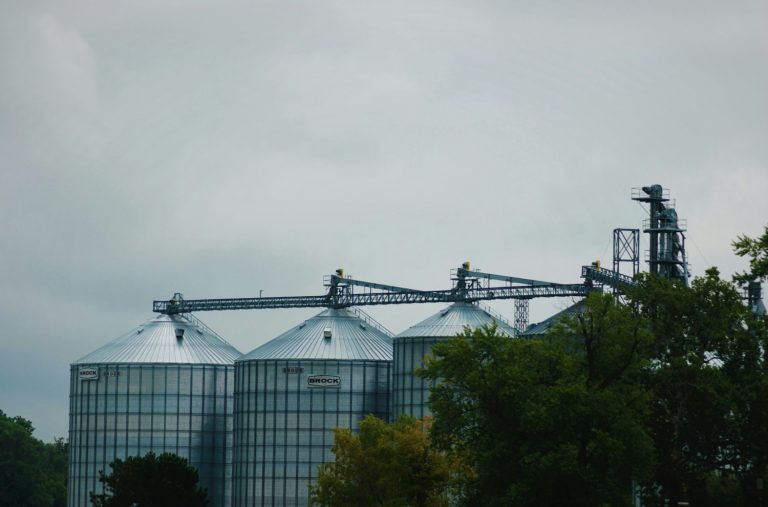
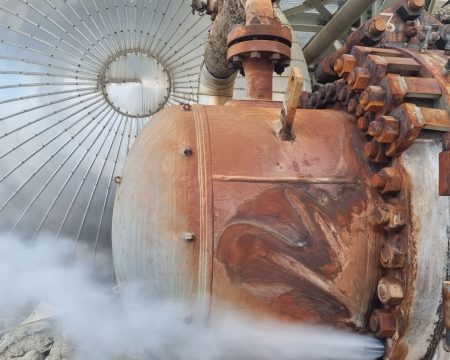
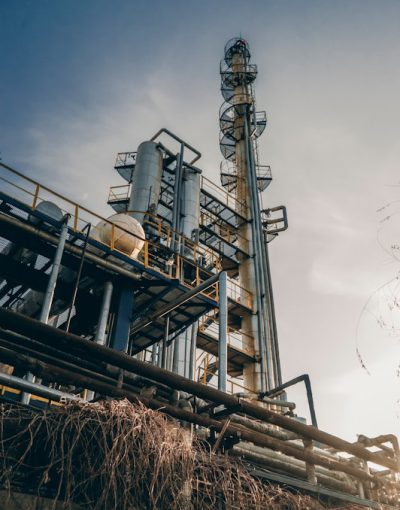
What can go wrong
Common causes of sealing failure in this market include:
- Chemical incompatibility → compound swelling, softening, or degradation
- Exothermic reactions → heat, pressure spikes, or violent ejection of the sealant
- Injection mismatch → blockage or poor distribution
- Thermal cycling fatigue → microcracks, loss of elasticity, and sealing failure
These risks highlight the importance of compound selection based on fluid reactivity, leak geometry, and operating conditions.
Real-world case: Acetic acid line repair
A leak on a 6″ valve (10 bar, 200 °C) was first treated with JNL 1249, but excessive clearance caused compound ejection. Switching to JNL 1249F, a fiber-reinforced version, achieved a stable seal within 30 minutes, no reinjection needed.
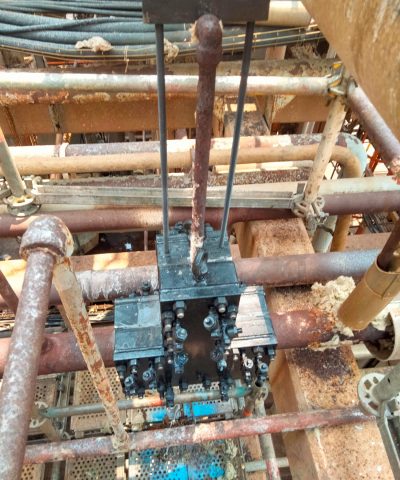
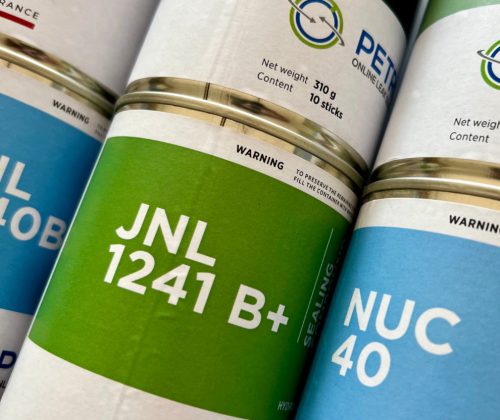
What makes a good compound?
- Thermosetting compounds offer strength but may degrade under chemical or thermal stress.
- Resin-based compounds with fillers bring some flexibility but can lose stability over time.
- Elastomer-based compounds (Petroseal’s specialty) offer the best resilience, flexibility, and long-term performance.
Compounds such as JNL 1240B, JNL 1241B+, and JNL 1249F are widely used in the fertilizer sector for their reliability in high-pressure, chemically aggressive conditions.
